Burdeos Tinto (Francia)
Datos interesantes
The Brits call red Bordeaux blends “claret.”
Château is a common term for a French wine producer.
Both dry and sweet whites can be found in Bordeaux, typically they are made from Sauvignon Blanc, Sémillon and sometimes Muscadelle.
Bordeaux has been a wine producing region for a very long time: The first vines were planted in the region during the mid-1st century by the Romans.
Phylloxera wiped out most of Bordeaux's vineyards in the late 19th century. Vineyards were gradually replanted with Phylloxera resistant root stock.

¿Qué sabor tiene este estilo?
Según 303.387 reseñas de 14.068 vinos
Ligero
Poderoso
Débil
Ácido
Suave
Tánico
Seco
Dulce

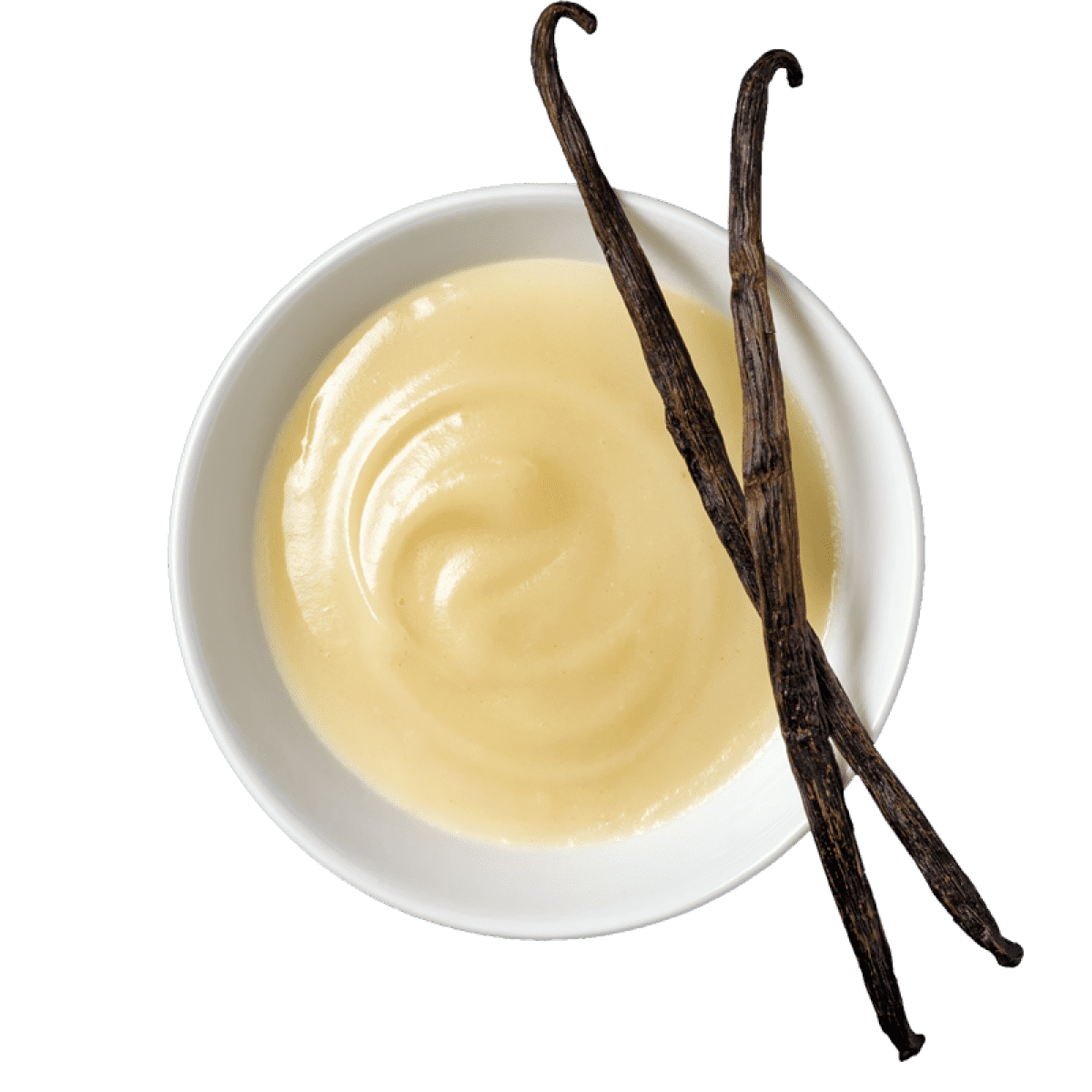
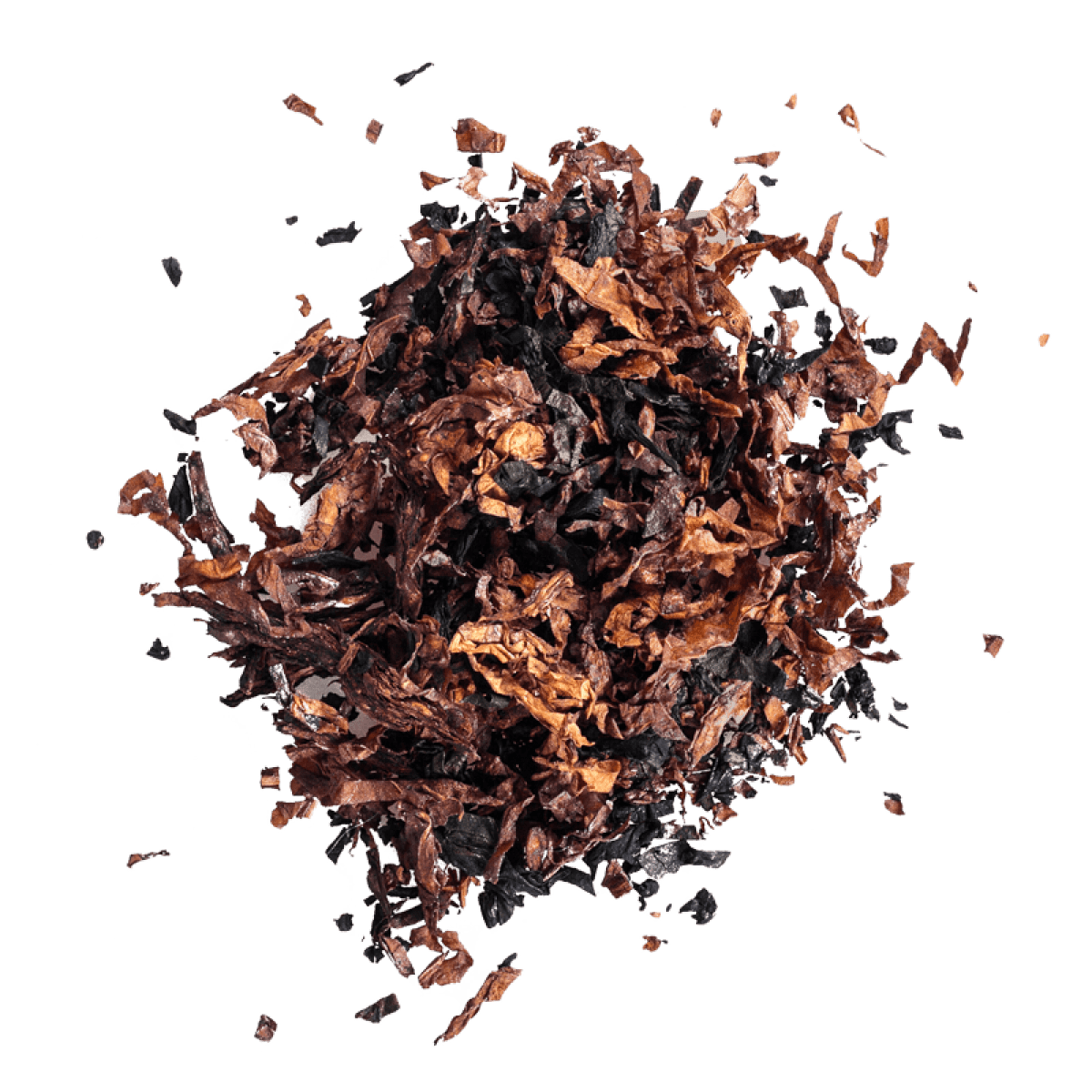
- roble
- vainilla
- tabaco
- chocolate
- cedro
- café
- chocolate amargo
- clavo de olor
- mantequilla
- caramelo
- mezcla de especias para hornear
- cigarrera
0 menciones sobre notas de roble
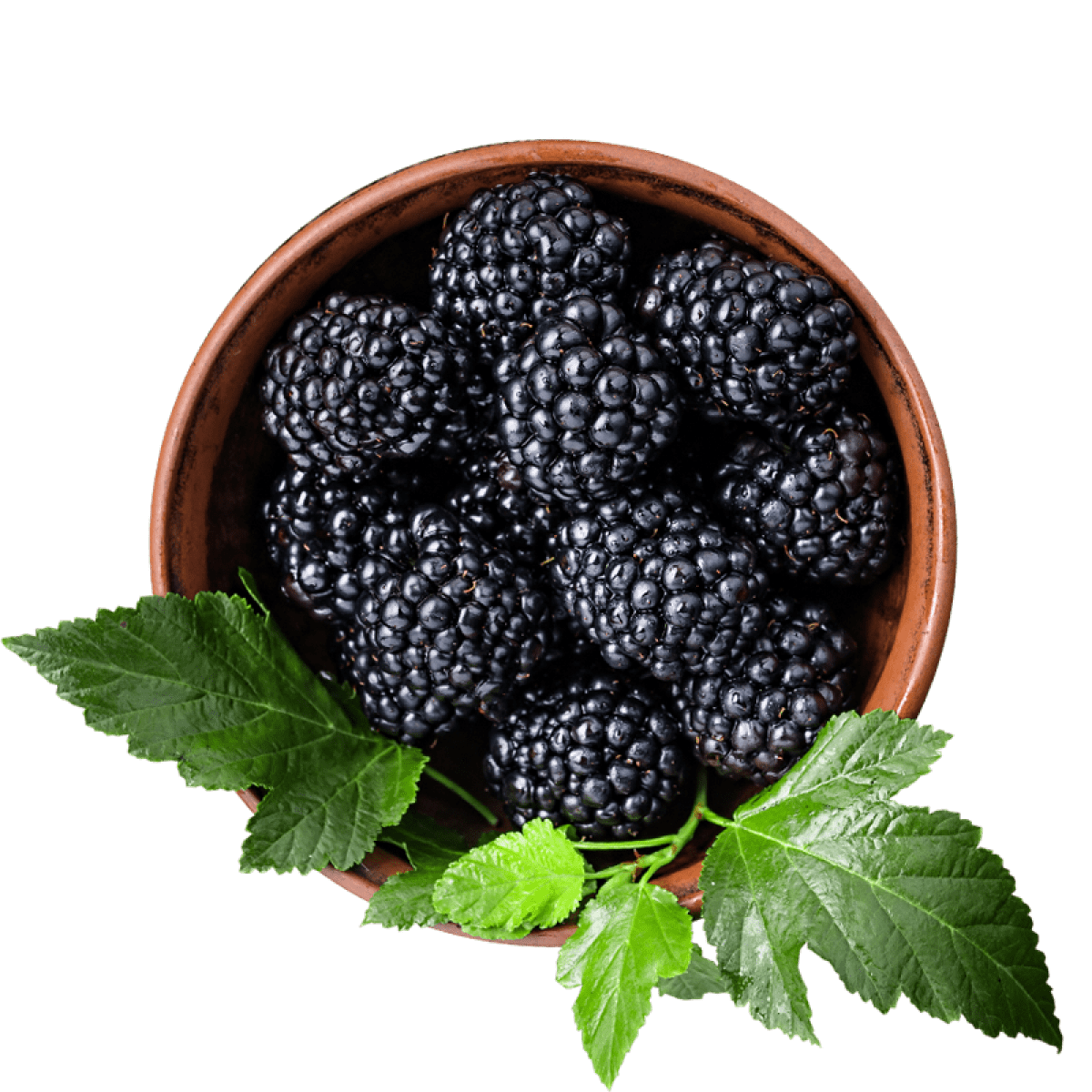
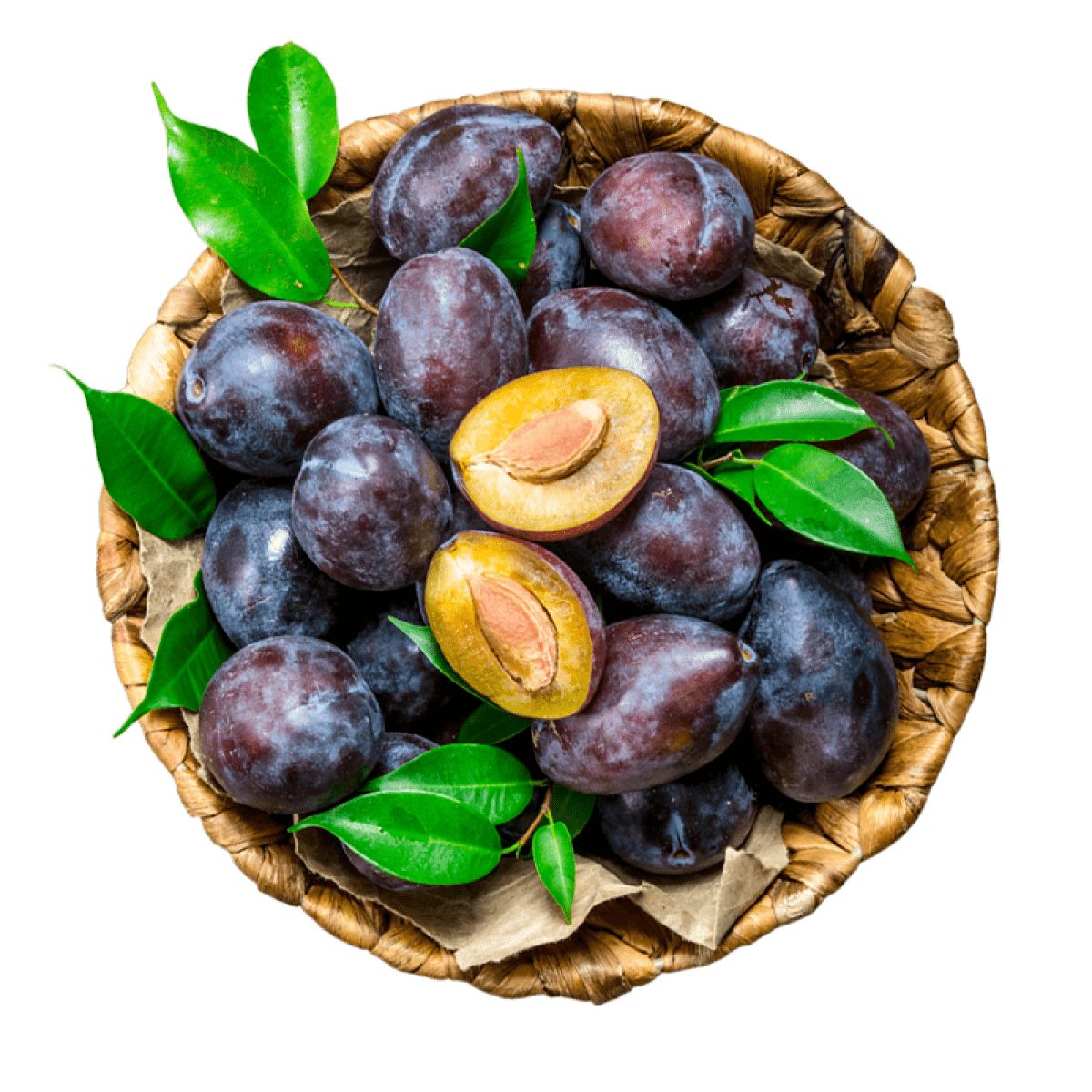
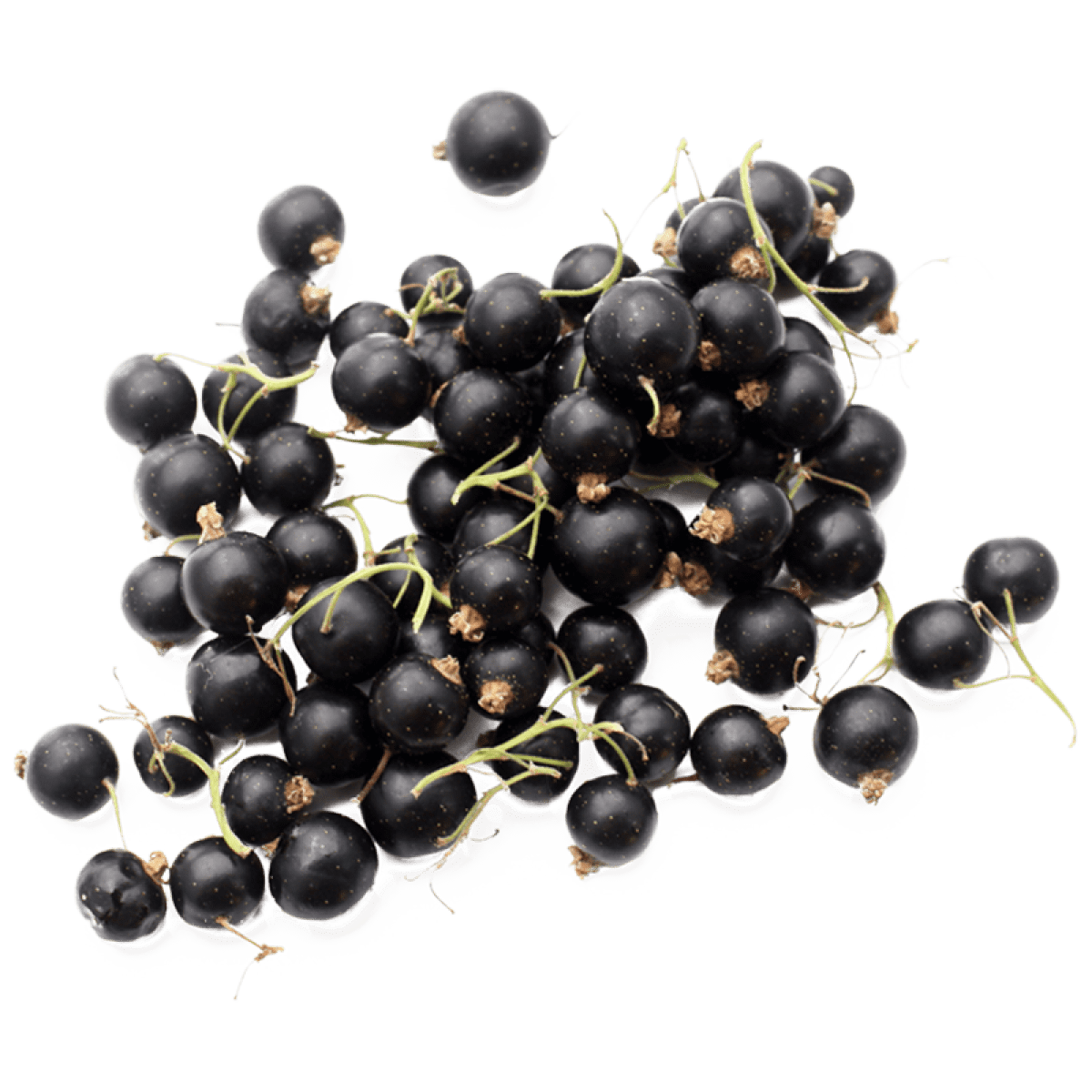
- mora
- ciruela
- casis
- fruta negra
- frutos del bosque
- cereza negra
- casis
- arándano
- mermelada
- jambul
- zarza
- mulberry
0 menciones sobre notas de fruta negra
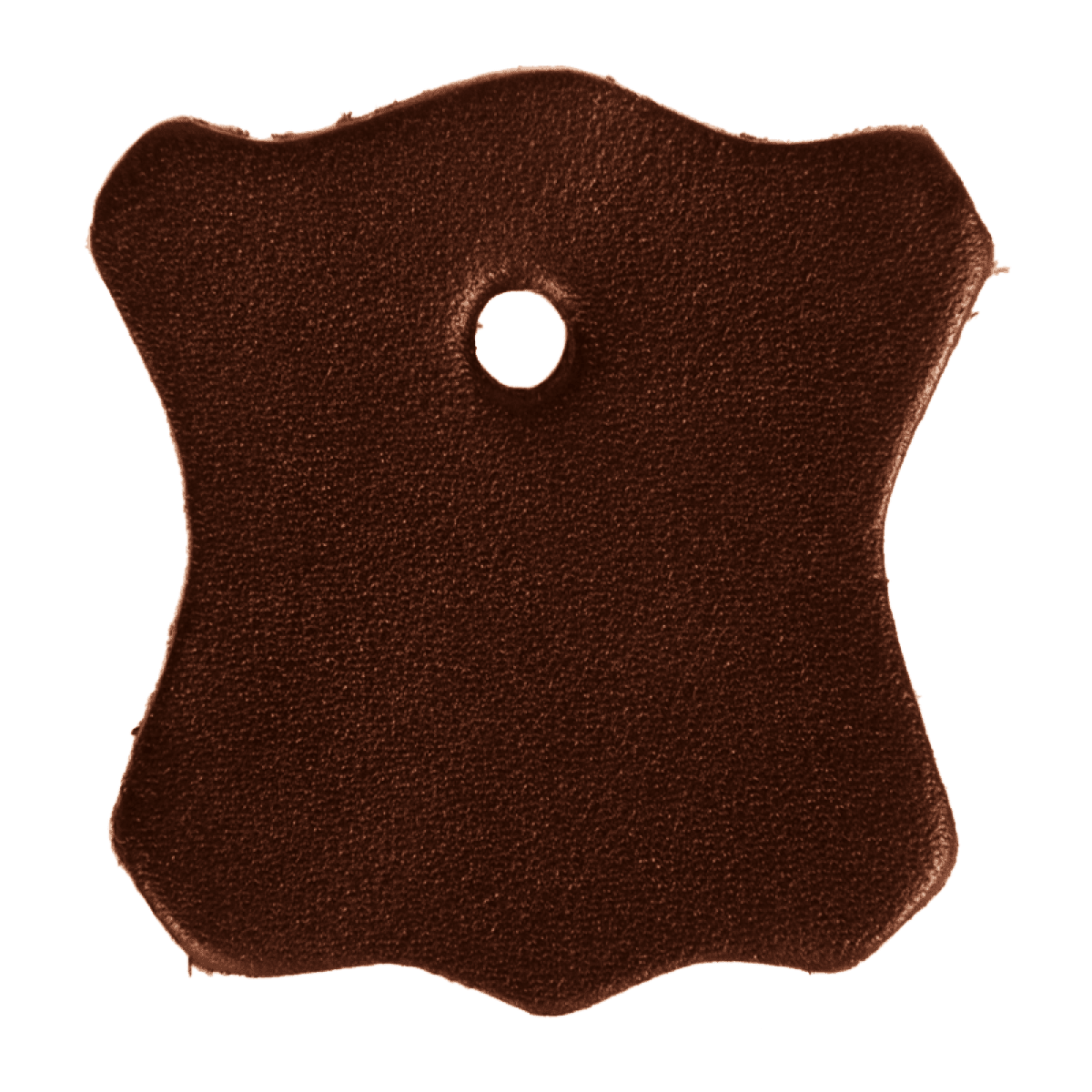
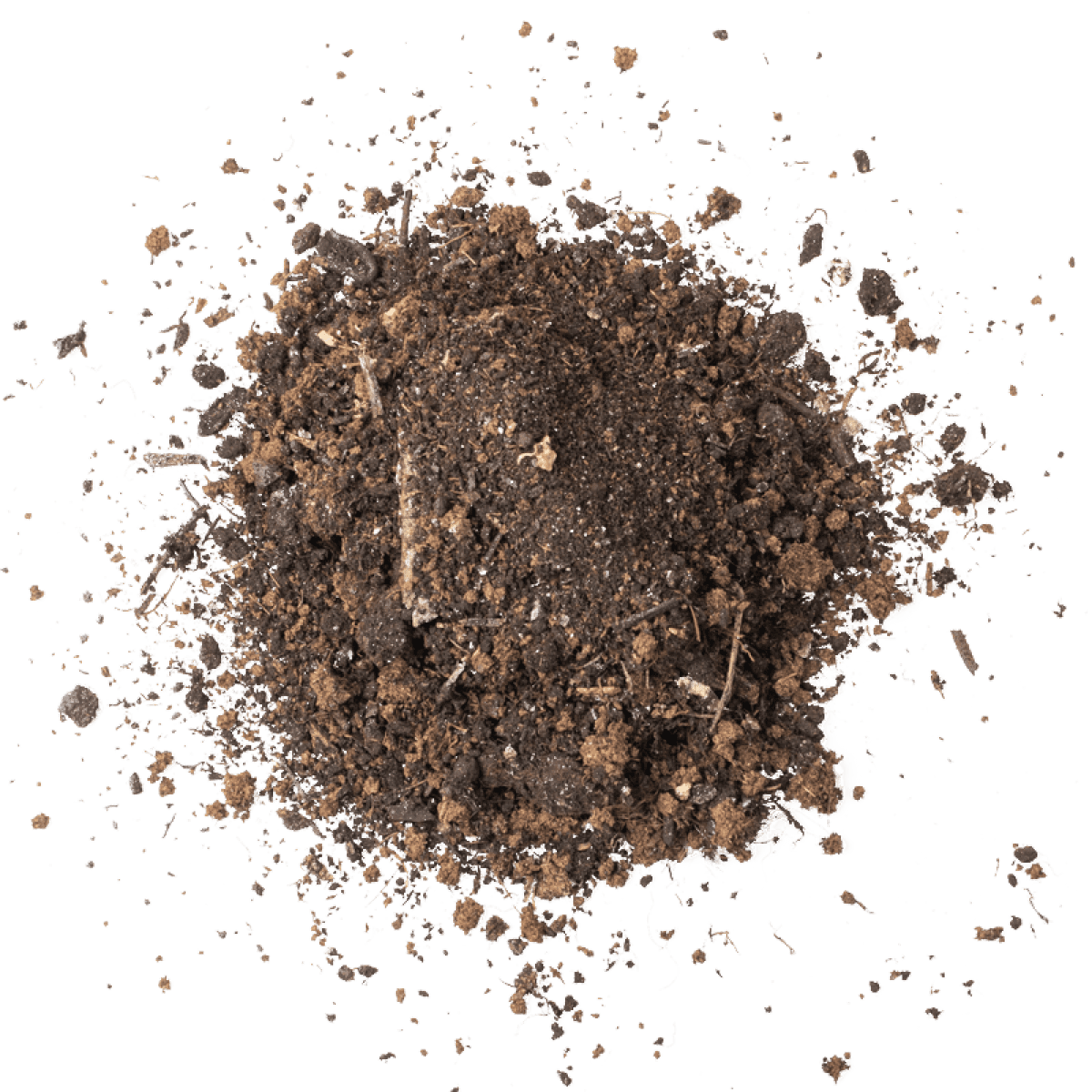
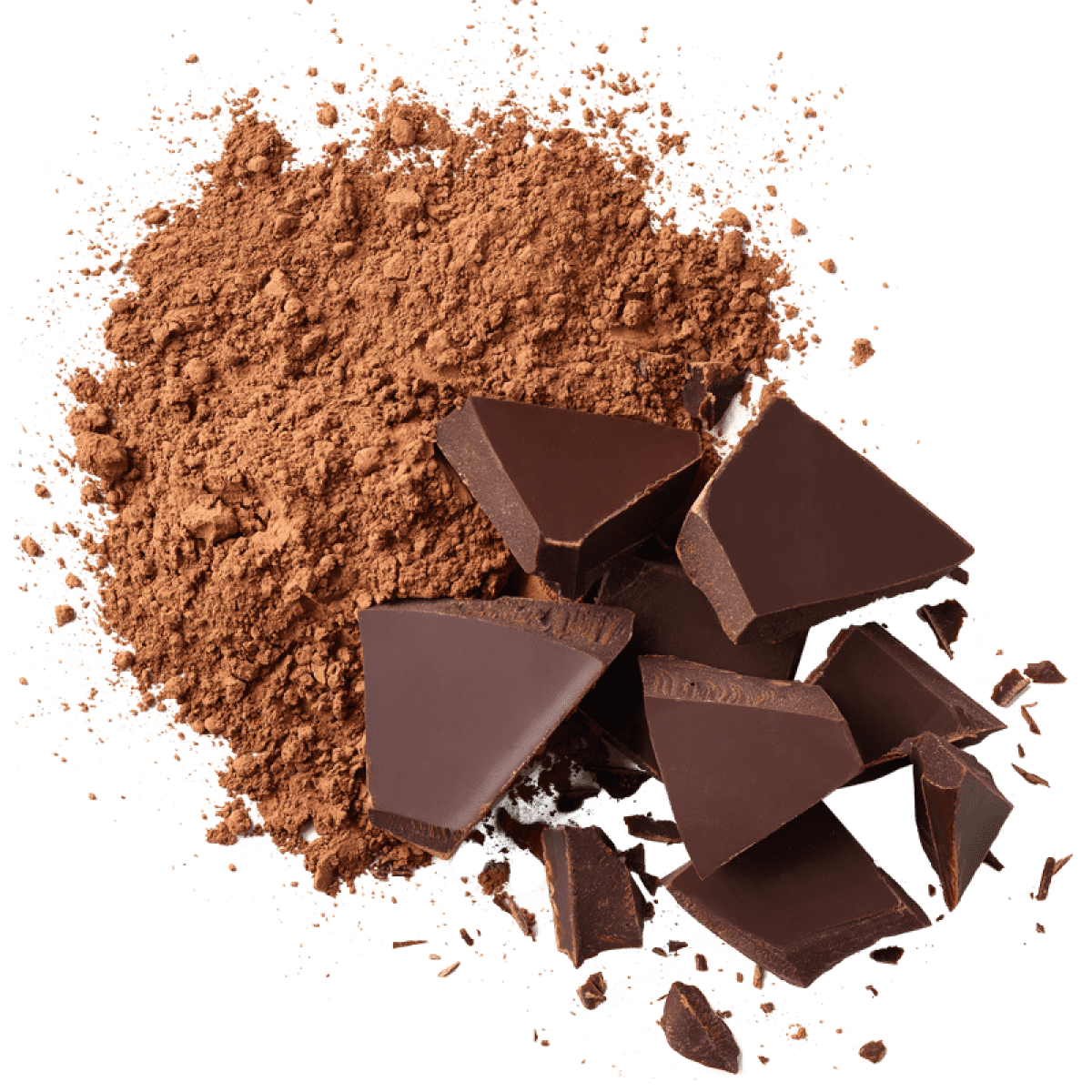
- cuero
- Terroso
- humo
- hongo
- minerales
- cacao
- grafito
- suelo del bosque
- piedra
- Carne de caza
- miel
- virutas de lápiz
0 menciones sobre notas de Terroso
Conoce el estilo
Bordeaux has a cool marine coastal climate, with mild weather and no dry season. Bordeaux reds tend to be lower in alcohol and are slightly lighter in body.
Stylistically, they exhibit more nuanced flavors and less up-front fruit. Sophisticated and elegant, they pair well with game meats, roast lamb, or hearty beef stews.
Bordeaux is the largest wine producing region in France. It consists of two major areas—the Left and the Right Bank. Both lie in the heart of the Gironde estuary and are further divided by its tributaries, the Garonne and the Dordogne rivers.
While the Right Bank produces blends that are mostly Merlot dominant, the Left Bank produces blends that are primarily Cabernet Sauvignon dominant.
Bordeaux reds are said to be terroir-driven (if you like French wines, you'll hear this term a lot). Terroir is a concise way to define a specific region based upon the soil, climate, and the collective knowledge of the generations of people who have farmed the land.
When shopping for Bordeaux reds, keep in mind, French wines are all about the region and the blend, not about individual grape varieties. In fact, you will rarely find blend percentages listed on the label.
Collectively, Bordeaux produces 700 million bottles of wine in an average year! While some of the most expensive wines in the world come from Bordeaux, most are every day, affordable table wines.